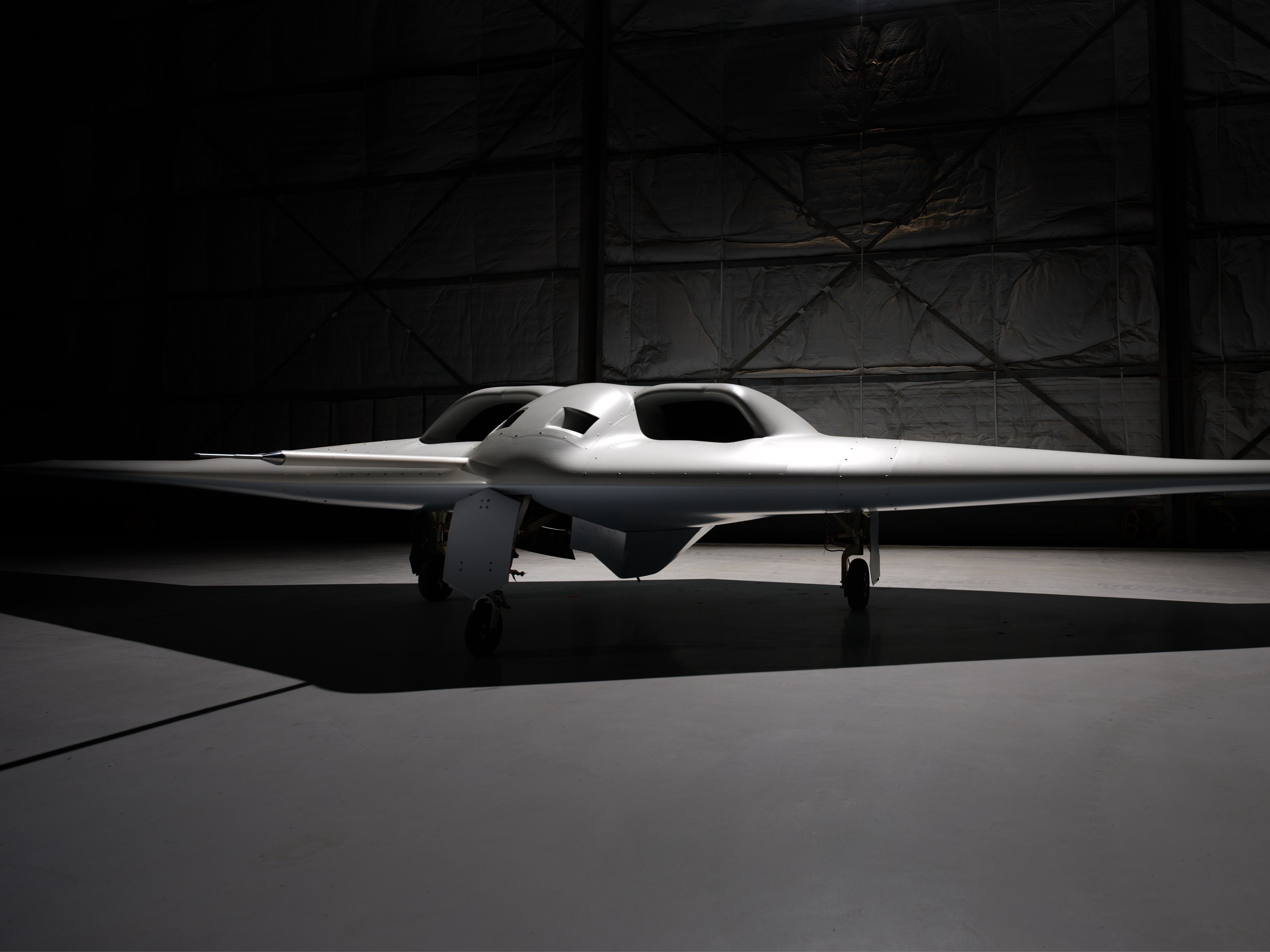


The Defense Advanced Research Projects Agency (DARPA) has officially named its latest flying-wing drone the XRQ-73. Stealthy by design, DARPA hopes to fly test the new drone later this year.
The drone is being developed for an unspecified “urgent operational need” and is set to be operational as soon as possible. XRQ-73 is the next phase in a long line of development of DARPA’s secretive ultra-quiet, high-efficiency XRQ-72A drone.
Unlike other aircraft, the Pentagon's latest X-plane will feature a hybrid electric propulsion system. It will also be uncrewed. The XRQ-73's hybrid electrical propulsion system aims to eliminate engine noise over enemy territory - making it even stealthier than today's radar-evading craft.
The new drone is being developed under DARPA’s Series Hybrid Electric Propulsion AiRcraft Demonstration (SHEPARD) program. In addition to the official press release, DARPA released a rendering of the drone’s design.
Northrop Grumman Corporation press release read as,
Northrop Grumman Corporation has announced the design and construction of the Series Hybrid Electric Propulsion AiRcraft Demonstration (SHEPARD) vehicle.
The uncrewed air system developed for DARPA recently received its official X-plane designation of XRQ-73.
Built in collaboration with Scaled Composites, a Northrop Grumman subsidiary, the XRQ-73 SHEPARD is a DARPA "X-prime" program leveraging hybrid electric architecture and component technologies to quickly mature a new mission-focused aircraft design with propulsion architecture and power class for the Department of Defense.
- SHEPARD’s main contractor is the Aeronautics Systems sector of Northrop Grumman Corporation in Redondo Beach, CA.
- Scaled Composites, LLC is a significant supplier, along with Cornerstone Research Group, Inc., Brayton Energy, LLC, PC Krause and Associates, and EaglePicher Technologies, LLC.
Hybrid electric propulsion systems combine fuel-powered engines and motors, offering improved fuel economy and other benefits. The addition of batteries further allows for operation in a quieter all-electric mode.
DARPA explains that Shepard is an “X-prime” program that utilizes a series of hybrid electric architectures and some component technologies from the earlier AFRL/IARPA Great Horned Owl (GHO) project. Beyond featuring a hybrid-electric propulsion system, details about the XRQ-73’s power source are limited.
The X stands for experimental plane, R is for reconnaissance, and Q means unmanned. It will be the 73rd official X-plane developed by the U.S. Department of Defense-part of a storied line of craft that began in 1946, with the Bell X-1 supersonic jet plane.
Steve Komadina, SHEPARD program manager, said:
“The idea behind a DARPA X-prime program is to take emerging technologies and burn down system-level integration risks to quickly mature a new missionized long endurance aircraft design that can be fielded quickly,”
“The SHEPARD program is maturing a specific propulsion architecture and power class as an exemplar of potential benefits for the Department of Defense,” he added.
The XRQ-73 aircraft will be a Group 3 UAS weighing approximately 1,250 pounds. Remarkably, DARPA claim the first planes with the design are expected to fly by the end of 2024.
